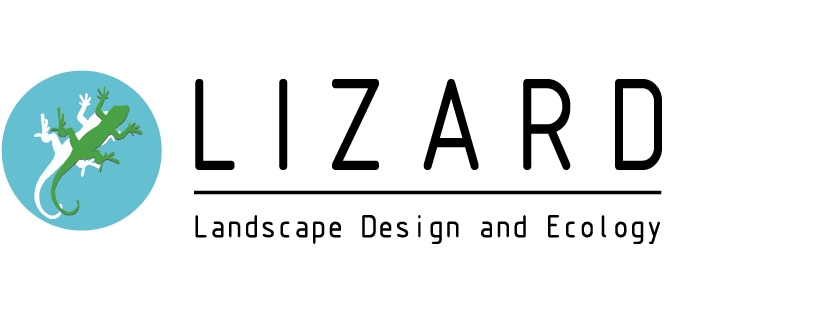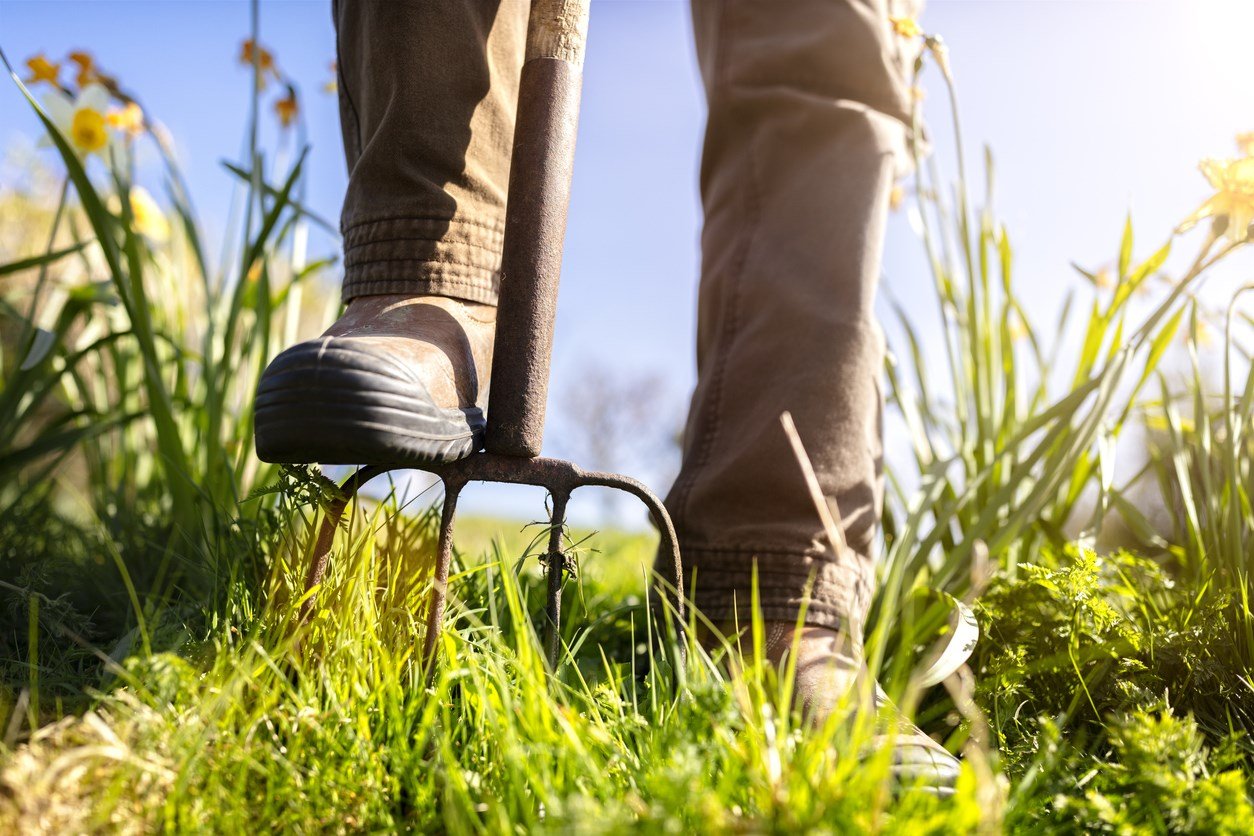A community garden can be an ideal place to relax, socialise and take a breather from the stresses and strains of everyday life.
Here’s everything you need to know about creating the ideal community garden.
Location, location, location
You’ll need to make sure your garden is as accessible as possible while also respecting any wildlife habitats and protected species. This makes it essential to speak to ecological consultants - through surveys and assessments, they can determine the ecological impact a development could have on its environment. Our ecology services at Lizard Landscape Design and Ecology consist of a variety of ecological surveys and projects including National Vegetation Classification Surveys and Species Translocation Projects, to ensure natural environments are protected.
It’s also important to seek the landowner’s permission before going ahead with any plans.
Consider what your garden will be used for
It’s important to be mindful of a purpose behind your community garden.
These are just a few things you could use your garden for:
● Attracting wildlife/creating a wildlife reserve
● Including allotments to grow fruit and veg
● Self-care and wellbeing - a tranquil environment for people to relax and reflect
● A learning tool to increase knowledge about climate change and sustainability
● A memorial garden to commemorate community losses
Encourage community engagement
It’s important to gain an understanding of what qualities community members want to see reflected in their garden. Speak to local schools and businesses about what they would like to use a potential garden for and how they can get involved.
Implement sustainable practices
Designing your garden with sustainability in mind can help reduce our carbon footprint and contribute to the fight against climate change.
There are several ways you can achieve this:
● Try to cut down on putting chemicals into the earth - consider going organic and using liquid plant feeds made from nettles or comfrey.
● You could also grow and protect native plants, which further decreases the use of lots of fertilisers, pesticides, and other forms of chemical maintenance.
● Use recycled concrete and other materials to reduce unnecessary waste of natural resources.
● Include a compost heap and water butt.
If you’re looking for a company to bring your landscape design dreams to life, Lizard Landscape Design and Ecology is here to help. We offer services tailored to the client and users requirements to provide an inspiring, stimulating, sustainable and sensory external environment. We put sustainability and biodiversity first, and therefore we also offer specialist ecological services to complete your landscape development project and assist in determining the ecological impact a development could have on its environment. Contact us today to find out what we can do for you.

